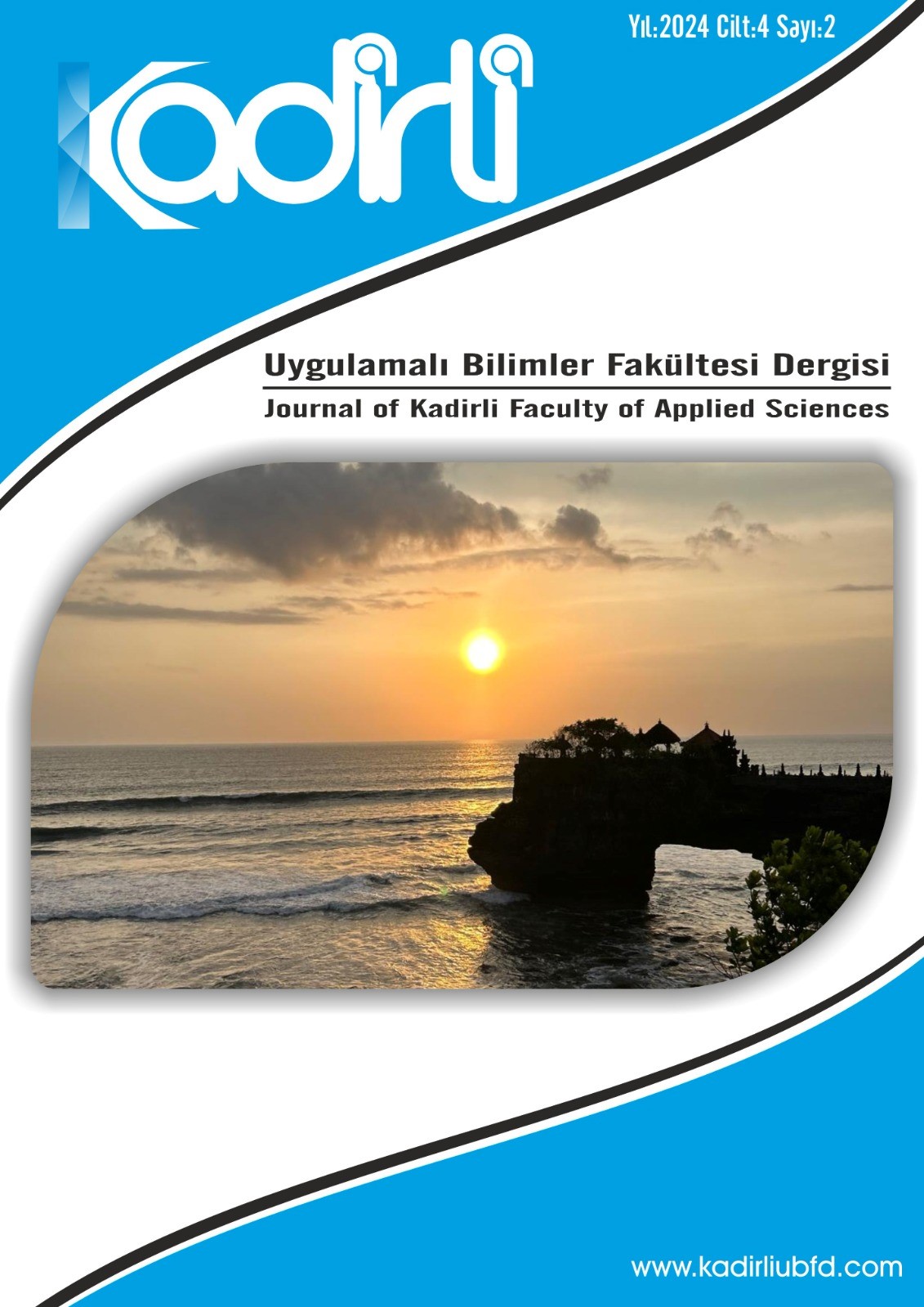Effect of Different Rearing System on Microbiological Load in Eggs and Feces of Akbay Native Laying Hybrid Chickens
Keywords:
Cage and free-range breeding system, Coliform, Total mesophilic bacterial load, E.coli, ShigellaAbstract
This research was carried out to determine microbiological load of shell surface of table eggs and feces obtained from domestic native hybrid Akbay genotypes which are raised in Free-range and conventional cage system in Adana Çukurova University. Table eggs and feces are used as research material from native hybrid Akbay genotypes. Total mesophilic bacterial (TMAB), E. coli, Coliform, Shigella, Staphylococcus Aureus, Enterococcus, Campylobacter spp., and mold-yeast levels were determined. The differences between TMAB (7.28 and 8.22), Coliform (4.65 and 6.10), Shigella (5.35 and 6.85) and Enterococcus (7.33 and 8.89) levels of eggs obtained from cage and free-range systems, respectively, were found to be statistically significant (p<0.05). Differences between the levels of E. coli (8.04 and 7.06), S. aureus (5.26 and 6.24), mold (6.41 and 5.78) and yeast (4.96 and 4.10) were found insignificant. Considering the results in fece samples total mesophilic bacterial load (TMAB, 9.22 and 10.47), Shigella (5.77 and 7.01) and Enterococcus (6.61 and 8.88) levels, respectively were higher levels in free-range system and the differences between results were found statistically significant (p<0.05). While E. coli, Coliform and yeast levels were found insignificant in fece samples of free-range and cage systems, Staphylococcus Aureus and yeast levels were found to be significantly higher in cage system (p<0.05). Campylobacter spp. was not detected in any fece samples. These data demonstrate that free-range eggs, where hens and feces have more contact with eggs after oviposition, have greater microbiological contamination on egg shell surface than eggs obtained from cage systems. As a result, it has been determined that the effect of rearing systems on eggshell microbiological load is statistically significant and free-range systems are risky in terms of egg hygiene despite their welfare advantages.
Downloads
Published
How to Cite
Issue
Section
License
Copyright (c) 2024 Kadirli Uygulamalı Bilimler Fakültesi Dergisi

This work is licensed under a Creative Commons Attribution-NonCommercial-ShareAlike 4.0 International License.





